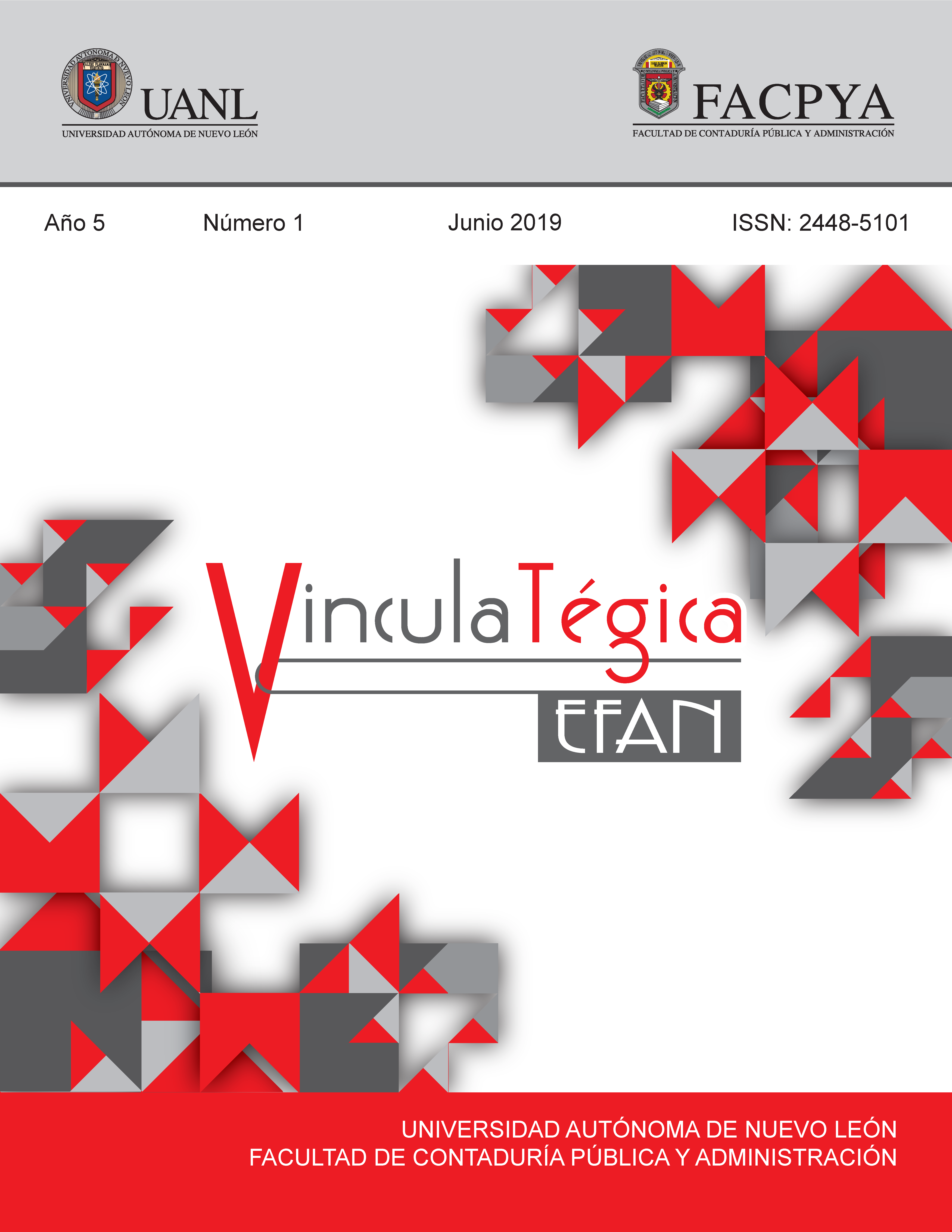Competencias que demandan los empleadores del estudiante de Ingeniería Industrial que realiza prácticas profesionales en empresas de Monterrey y su área metropolitana
DOI:
https://doi.org/10.29105/vtga5.1-1131Keywords:
industrial engineer, specific competences, professional practicesAbstract
Currently industrial development has been increasing in the north of the country, therefore the Industrial Engineer has become one of the engineering professionals with the highest demand, due to its versatility more and more companies integrate them into their different departments; so it is important that the specific competences in your educational program are in line with the requirements demanded by employers. This investigation was carried out in order to analyze if the educational institution continues adapting to the disruptive changes of the business world. So, we study the most requested skills and / or demanded by employers in the professional practices of industrial engineers, analyzing the turns and departments of the companies, activities they perform and specific competences that today are determined in the educational program.
Downloads
References
Enciso-Ávila, I.-M., & Planas-Coll, J. (2013). Los estudiantes que trabajan: ¿Tiene valor profesional el trabajo durante los estudios? Revista Iberaoamericana de Educación Superior, 23-45. DOI: https://doi.org/10.22201/iisue.20072872e.2014.12.108
Facultad de Ciencias Químicas, U. (20 de marzo de 2019). Facultad de Ciencias Químicas, Universidad Autónoma de Nuevo León. Recuperado de: http://www.fcq.uanl.mx/oferta-educativa/ licenciatura/ingeniero-industrial-administrador-2/.
Medellín Rosales, E. (2011). Análisis de competencias en el ejercicio profesional del ingeniero indutrial, por la industria manufacturera de León, Guanajuato.
Revista de la Ingeniería Indutrial, 132-139. XXI, G. D. (2006). Competencias profesionales: una estrategia para el desempeño exitoso de los ingenieros indutriales. Revista Educación en Ingeniería, 1-11.
Downloads
Published
How to Cite
Issue
Section
License

This work is licensed under a Creative Commons Attribution 4.0 International License.
a). Authors keep copyright and give the journal the right of the first publication of the work under a Creative Commons attribution license. This license allows others to share the work as long as original authorship and initial publication in this journal is acknowledged.
b). Authors may make other independent and additional contractual agreements for the non-exclusive distribution of the version of the article published in this journal (e.g., include it in an institutional repository or publish it in a book) as long as they clearly indicate that the work was published for the first time in this journal.







